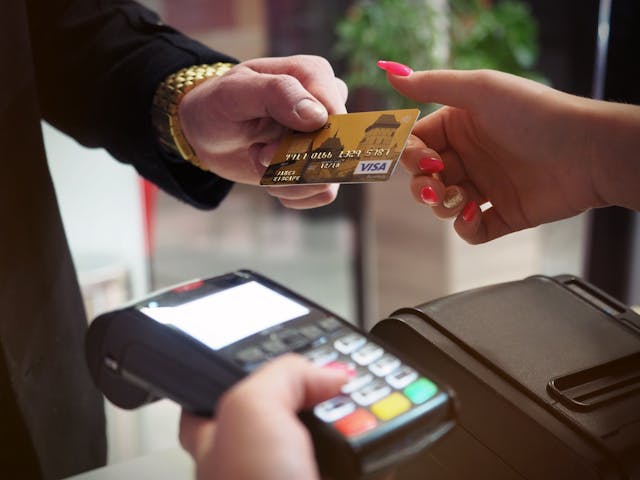Roadmap
Digital Products Marketplace
Introduction to Digital Products Marketplace
In today's digital age, the creation, sale, and purchase of digital goods and services have become increasingly prevalent. Digital products marketplaces serve as platforms where users can both create and consume a wide range of digital offerings, spanning from ebooks and online courses to software applications and creative content. This ecosystem facilitates transactions through secure channels, ensuring that creators are duly compensated for their intellectual property while also safeguarding against unauthorized distribution or reproduction.


Creation and Listings
At the heart of a digital products marketplace lies the ability for users to unleash their creativity and transform ideas into tangible digital assets. Whether it's an insightful ebook, a comprehensive online course, a functional software application, or captivating creative content, creators have the flexibility to produce a diverse array of digital products or services. These offerings can then be listed for sale on the marketplace, providing a platform for exposure to potential buyers worldwide.
The creation and listing process typically involve users uploading their digital assets onto the platform, accompanied by detailed descriptions, pricing information, and relevant tags or categories to enhance discoverability. This seamless integration allows creators to showcase their work effectively while enabling buyers to browse through an extensive catalog of digital offerings.
Secure Transactions
Central to the functioning of a digital products marketplace is the assurance of secure transactions for both buyers and sellers. With the proliferation of online commerce, ensuring the integrity of financial transactions and protecting sensitive information is paramount. To address these concerns, digital products marketplaces often employ robust encryption protocols and payment gateways to safeguard against unauthorized access and fraud.
One common approach is the utilization of a platform-specific digital currency, such as Mintyn, to facilitate transactions within the ecosystem. This digital currency serves as a medium of exchange, allowing buyers to securely purchase digital products while providing sellers with a streamlined payment process. Upon completion of a transaction, sellers receive payment in Mintyn, thereby incentivizing continued participation and contribution to the marketplace.


Intellectual Property Protection
Protecting the intellectual property rights of creators is fundamental to fostering a sustainable digital products marketplace. Given the ease of replicating and disseminating digital content, mechanisms must be in place to prevent unauthorized distribution or reproduction. To address this challenge, marketplaces implement a range of measures aimed at safeguarding the integrity of digital assets and upholding the rights of creators.
One such mechanism involves the implementation of digital rights management (DRM) technologies, which enable creators to control access to their digital products and enforce usage restrictions. Through encryption, watermarking, and access controls, DRM solutions help mitigate the risk of piracy and unauthorized sharing, thereby preserving the value of digital assets. Additionally, marketplaces may institute policies and procedures for reporting and addressing copyright infringement, providing recourse for creators in cases of intellectual property violation.
Conclusion
In conclusion, digital products marketplaces play a pivotal role in facilitating the creation, sale, and purchase of digital goods and services in today's digital economy. By empowering creators to monetize their skills and expertise, while offering consumers access to a diverse range of high-quality digital offerings, these platforms contribute to the growth and dynamism of the digital ecosystem. Through secure transactions and robust intellectual property protection mechanisms, digital products marketplaces uphold the principles of fairness, transparency, and innovation, ensuring a thriving marketplace for creators and consumers alike.

